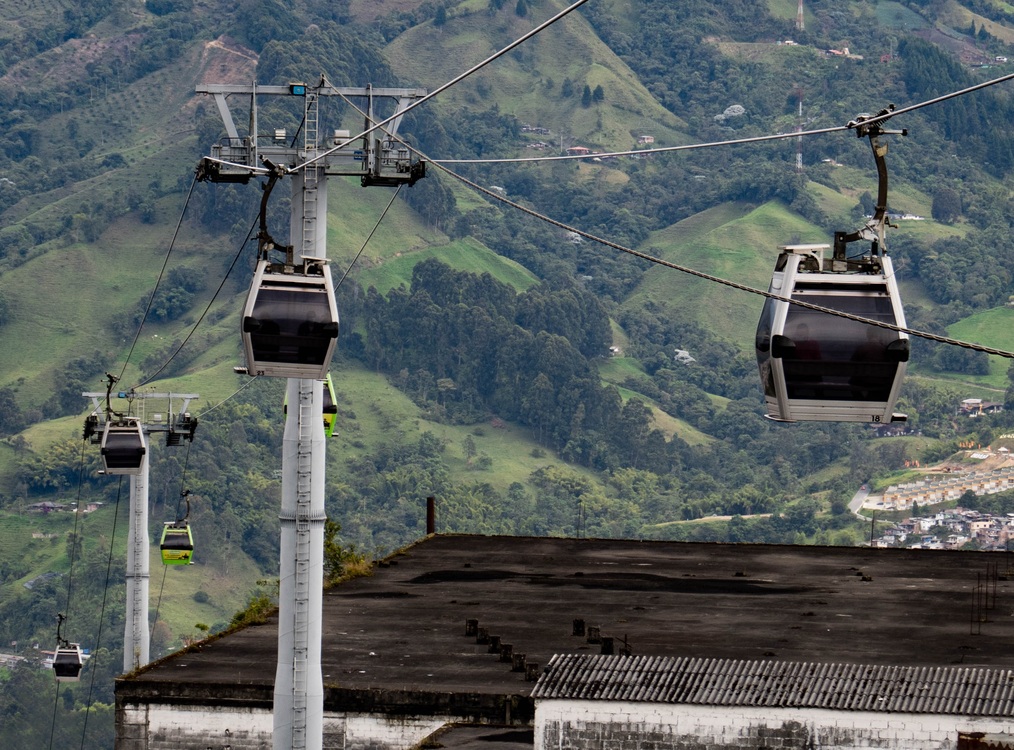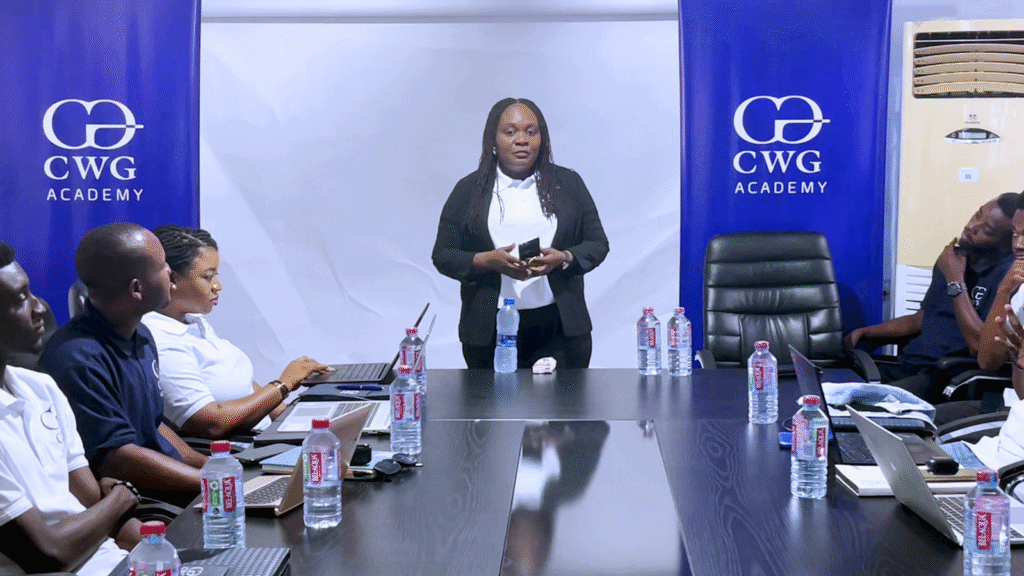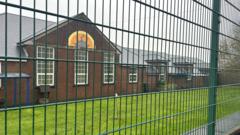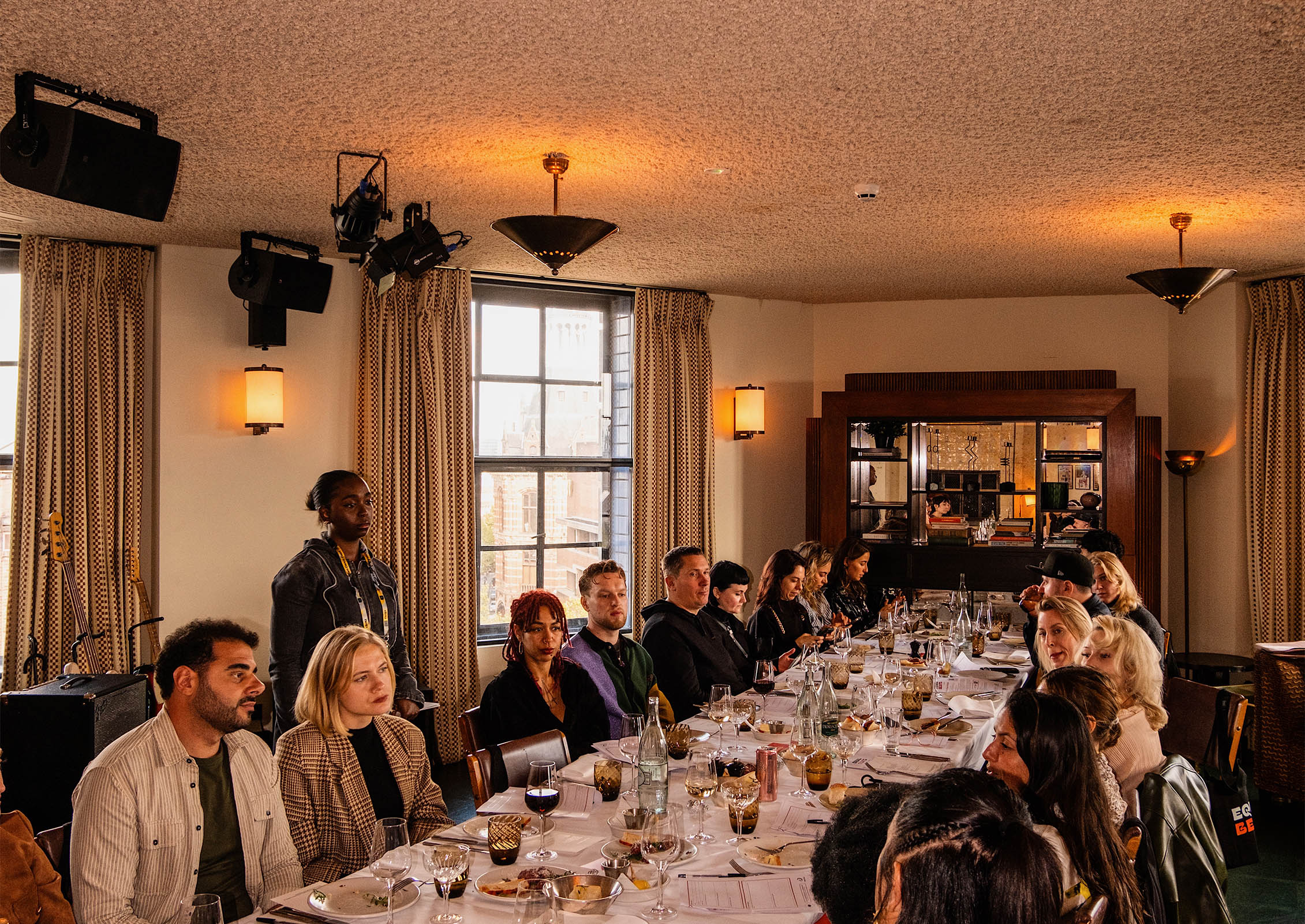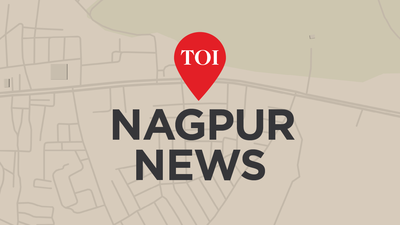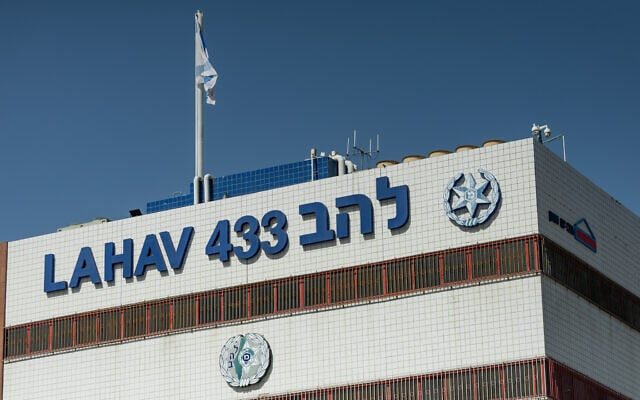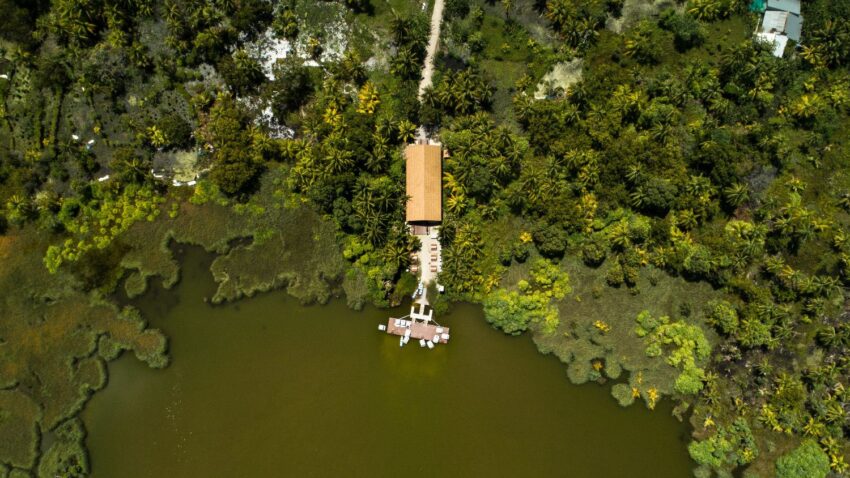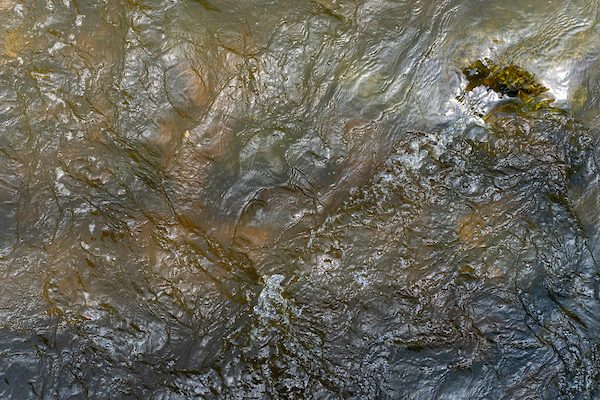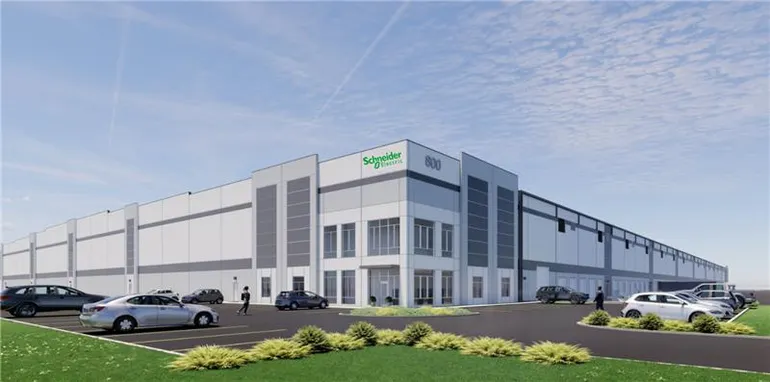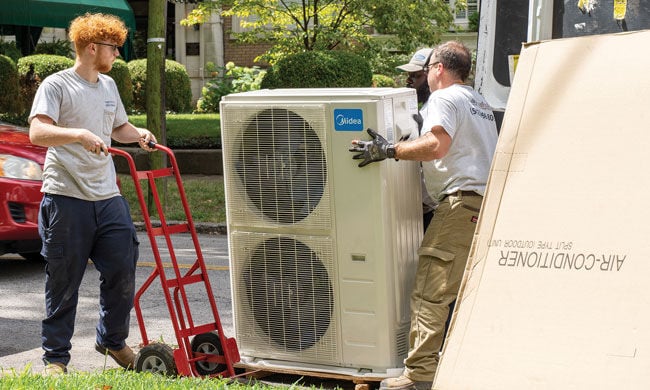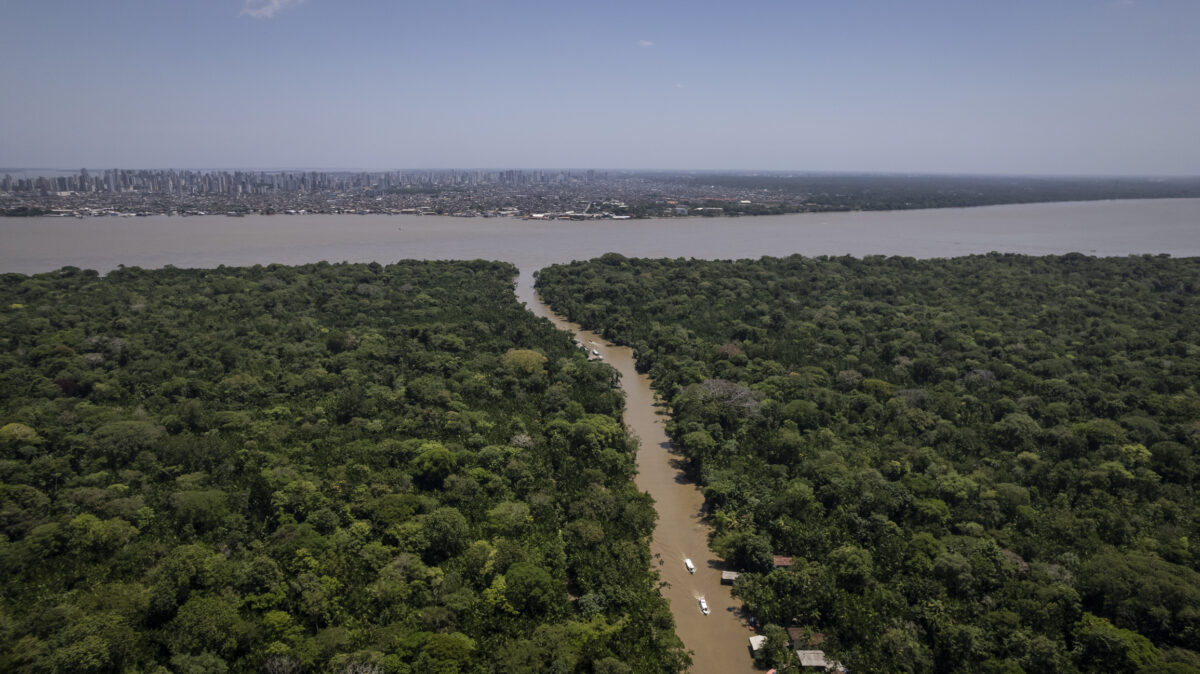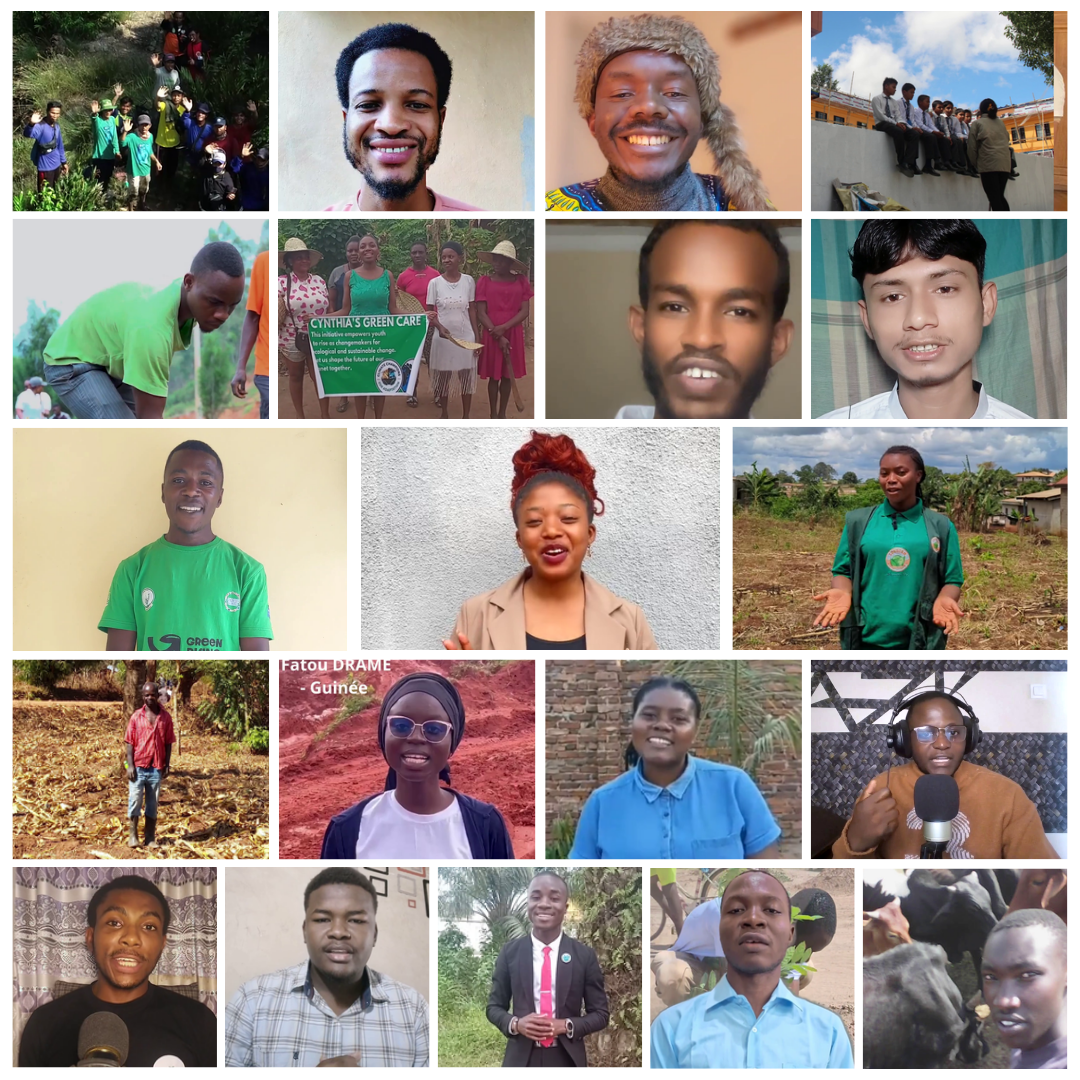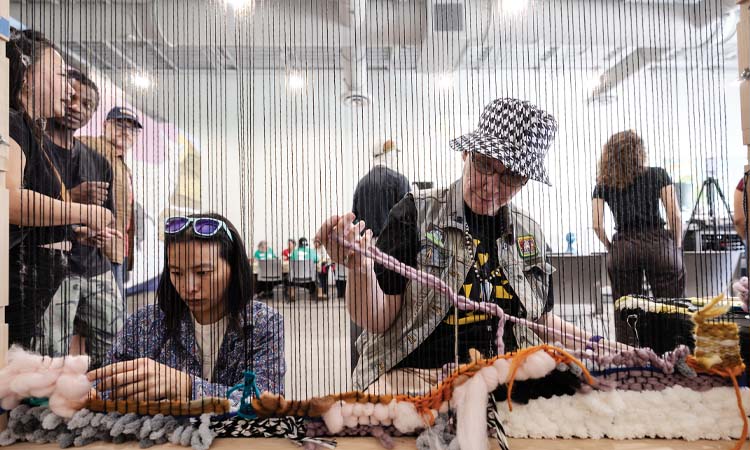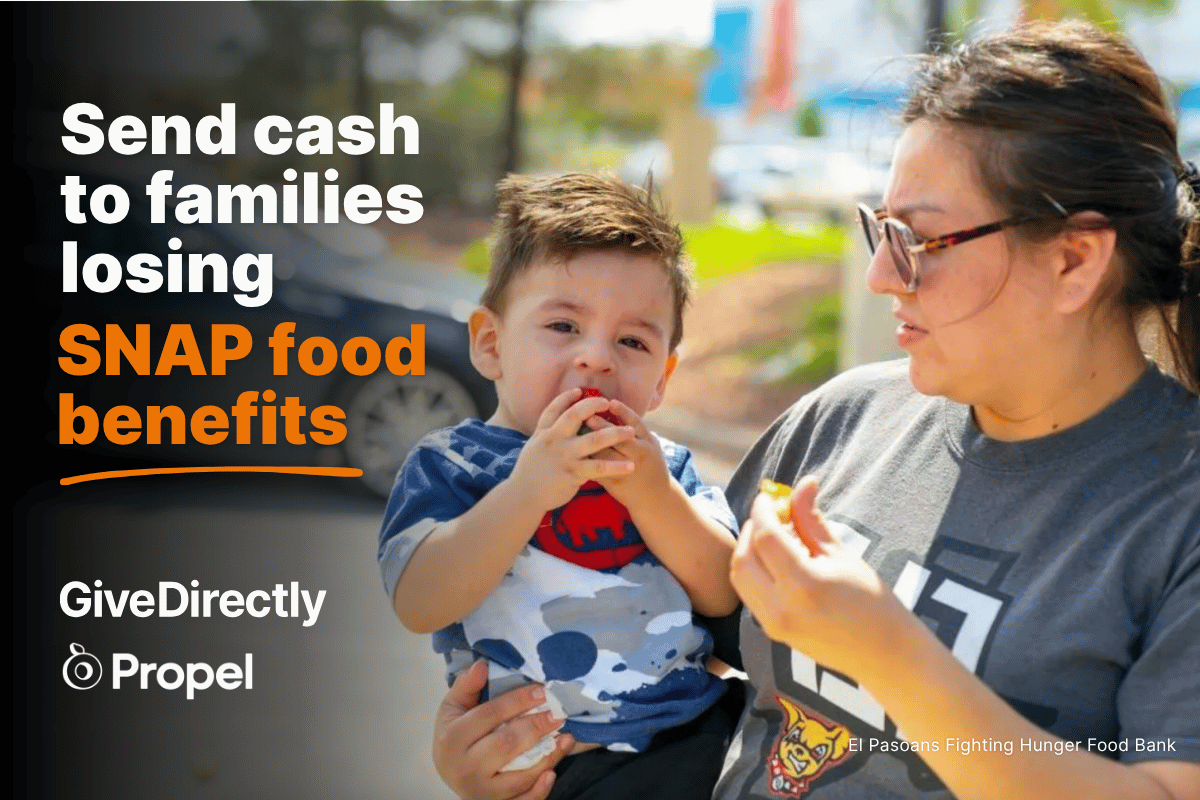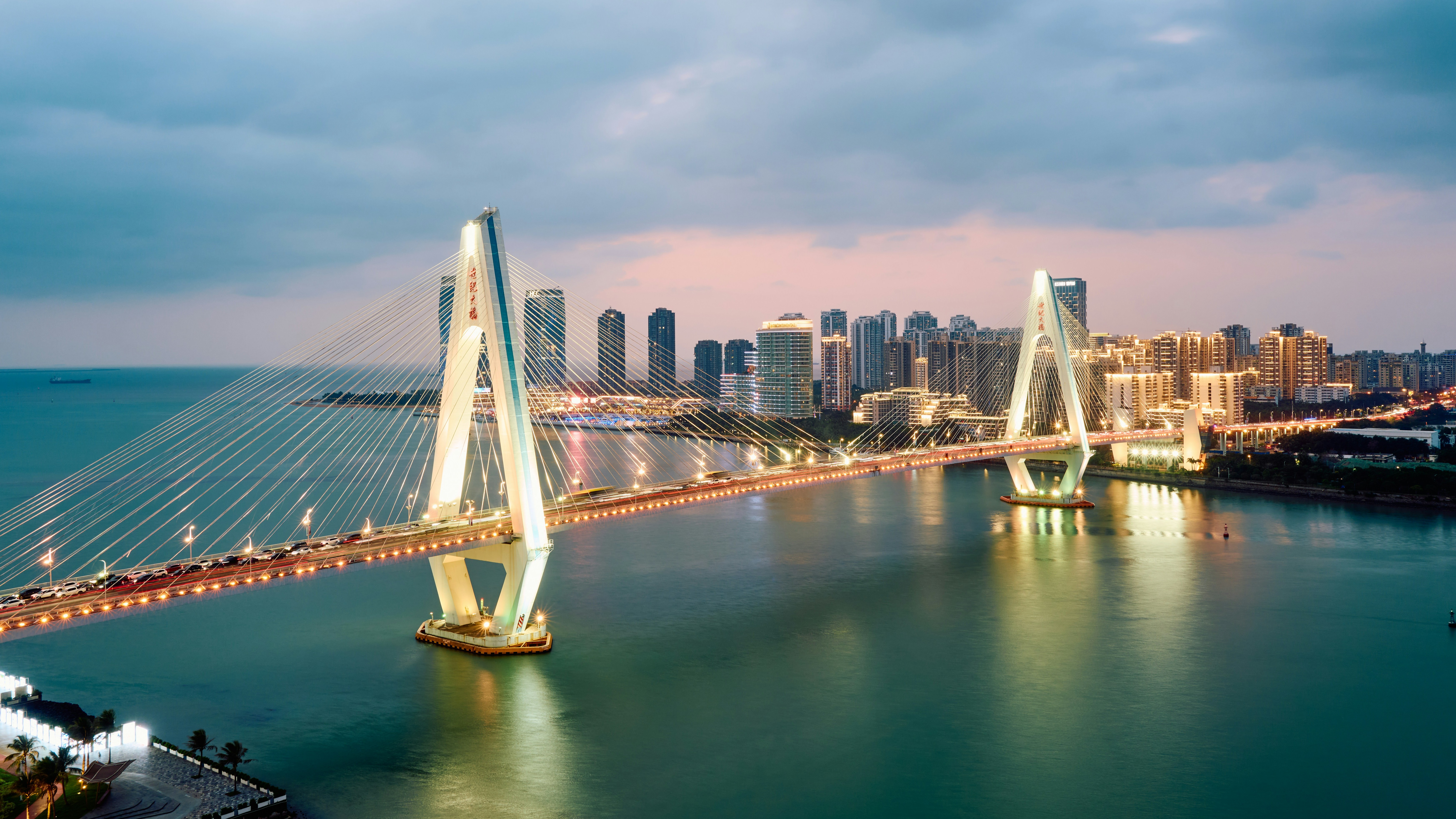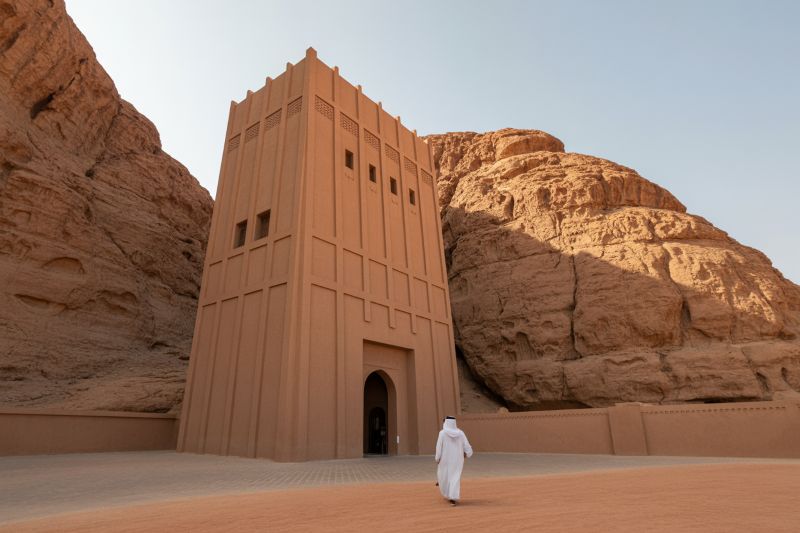Utah town of Bluff awarded international dark sky designation – standard.net

Bluff, Utah: A Case Study in Achieving Sustainable Development Goals Through Dark Sky Preservation
1. Introduction: Aligning Community Action with Global Sustainability Targets
The town of Bluff, Utah, has received an International Dark Sky Community designation from DarkSky International, marking a significant achievement in local environmental stewardship. This certification is the culmination of a multi-year effort that directly supports several of the United Nations’ Sustainable Development Goals (SDGs), positioning Bluff as a model for sustainable rural development.
- SDG 11 (Sustainable Cities and Communities): The initiative enhances the quality of life for residents by preserving a natural and cultural resource.
- SDG 15 (Life on Land): The reduction of light pollution directly contributes to the protection of nocturnal ecosystems and biodiversity.
- SDG 8 (Decent Work and Economic Growth): The designation is poised to foster sustainable tourism, creating local economic opportunities.
2. Strategic Implementation for Sustainable Communities (SDG 11)
Bluff’s path to designation demonstrates a comprehensive approach to sustainable community planning and management, a core target of SDG 11. The town, with a population of approximately 300, prioritized this goal shortly after its incorporation in 2018, reflecting a deep community commitment to preserving its natural heritage.
Key Initiatives and Partnerships (SDG 17)
Achieving this status required a multi-stakeholder partnership, exemplifying SDG 17 (Partnerships for the Goals). The collaborative effort involved:
- Policy Implementation: The adoption of a municipal exterior lighting ordinance to ensure all homes and businesses utilize night-sky-friendly lighting, directly addressing sustainable urban planning (SDG 11.3).
- Community Engagement: The mobilization of volunteer sky brightness monitors and the organization of community stargazing events to foster public support and involvement.
- Formal Collaboration: A strategic partnership between the Town of Bluff and the Bears Ears Partnership (BEP), a non-profit dedicated to landscape protection, which was crucial for meeting the final certification requirements.
Bluff Mayor Ann Leppanen stated, “The dark skies over Bluff are more than beautiful — they’re part of who we are. Earning this designation reflects years of dedication from our residents and a deep respect for the natural world.”
3. Integrating Environmental and Economic Sustainability
The dark sky designation provides a framework for balancing environmental protection with economic prosperity, addressing multiple SDGs simultaneously.
Protecting Terrestrial Ecosystems (SDG 15)
The primary environmental outcome is the mitigation of light pollution, a critical step in protecting biodiversity as outlined in SDG 15.
- Preservation of natural nocturnal habitats for wildlife.
- Reduction of artificial light’s disruptive impact on animal behavior, migration, and reproduction.
- Contribution to long-term conservation targets by safeguarding an essential, yet threatened, natural resource.
Promoting Sustainable Tourism and Economic Growth (SDG 8)
The certification serves as an economic catalyst, promoting a form of tourism that is sustainable and beneficial to the local community, in line with SDG 8.
- The designation enhances Bluff’s appeal as a tourism destination, attracting visitors interested in nature and astronomy.
- It supports the local economy by creating opportunities for businesses related to hospitality and eco-tourism.
- As noted by the Utah Office of Tourism, preserving the night sky is vital for “generational economic prosperity and a dynamic visitor experience.”
4. Advancing Quality Education and Public Awareness (SDG 4)
A core component of the initiative is its focus on education, which aligns with SDG 4 (Quality Education) by promoting knowledge and appreciation for environmental conservation.
- The Bears Ears Partnership has committed to providing at least two dark-sky educational programs annually.
- Ongoing community-led star parties and seasonal sky quality monitoring serve as practical, hands-on learning opportunities.
- The town will host a Dark Sky Festival on November 14-15, 2024, to celebrate the designation and further educate the public.
Sarah Burak, Education Director with Bears Ears Partnership, emphasized the importance of this work: “As we’re rapidly losing natural darkness worldwide, it is important to do what we can to protect this irreplaceable resource at home and set an example for other gateway communities.”
5. Conclusion: A Model for Integrated Sustainable Development
Bluff’s achievement makes it one of only 57 certified International Dark Sky Communities worldwide. The town’s success provides a replicable model for other communities, demonstrating how targeted local action can lead to the fulfillment of global sustainability objectives. By integrating environmental protection (SDG 15), sustainable community planning (SDG 11), economic development (SDG 8), education (SDG 4), and strategic partnerships (SDG 17), Bluff has successfully protected its natural night environment for current and future generations.
Analysis of Sustainable Development Goals (SDGs) in the Article
1. Which SDGs are addressed or connected to the issues highlighted in the article?
- SDG 11: Sustainable Cities and Communities – The article focuses on a community-led initiative in the town of Bluff to become more sustainable by protecting its natural environment.
- SDG 15: Life on Land – The core theme is the protection of the natural night sky, which is an integral part of terrestrial ecosystems and affects wildlife.
- SDG 8: Decent Work and Economic Growth – The dark sky designation is explicitly mentioned as a tool for promoting sustainable tourism and local economic growth.
- SDG 17: Partnerships for the Goals – The success of the initiative is attributed to a multi-stakeholder collaboration between the local government, non-profit organizations, and community members.
- SDG 4: Quality Education – A key component of the initiative involves educational programs and community events to raise awareness about light pollution and the importance of dark skies.
2. What specific targets under those SDGs can be identified based on the article’s content?
-
SDG 11: Sustainable Cities and Communities
- Target 11.4: “Strengthen efforts to protect and safeguard the world’s cultural and natural heritage.”
Explanation: The article describes the entire effort as a way to protect the “natural night environment” and “natural darkness,” which are presented as a valuable natural heritage. The mayor states, “The dark skies over Bluff are more than beautiful — they’re part of who we are.” This reflects a community effort to safeguard this heritage. -
Target 11.a: “Support positive economic, social and environmental links between urban, peri-urban and rural areas by strengthening national and regional development planning.”
Explanation: The initiative in the small, rural town of Bluff is supported by the state-level “Utah Office of Tourism,” creating a positive environmental and economic link. The article highlights how Bluff joins other Utah communities in a regional effort to preserve dark skies, strengthening development planning around this natural asset.
- Target 11.4: “Strengthen efforts to protect and safeguard the world’s cultural and natural heritage.”
-
SDG 15: Life on Land
- Target 15.5: “Take urgent and significant action to reduce the degradation of natural habitats, halt the loss of biodiversity…”
Explanation: The article states that the designation helps achieve “long-term conservation targets” and reflects a “deep respect for the land, its wildlife, and its people.” Reducing light pollution is a direct action to reduce the degradation of nocturnal habitats for wildlife. - Target 15.9: “By 2020, integrate ecosystem and biodiversity values into national and local planning, development processes…”
Explanation: The town of Bluff integrated ecosystem values directly into its local planning by adopting an “exterior lighting ordinance years ago to require homes and businesses use night-sky-friendly lighting.” This is a clear example of embedding environmental protection into local policy.
- Target 15.5: “Take urgent and significant action to reduce the degradation of natural habitats, halt the loss of biodiversity…”
-
SDG 8: Decent Work and Economic Growth
- Target 8.9: “By 2030, devise and implement policies to promote sustainable tourism that creates jobs and promotes local culture and products.”
Explanation: The article explicitly states that the designation serves “as an economic driver by fostering tourism and local economic activity.” The Utah Office of Tourism also notes that preserving the night sky is vital to “Utah’s long-lasting tourism economy” and “generational economic prosperity.”
- Target 8.9: “By 2030, devise and implement policies to promote sustainable tourism that creates jobs and promotes local culture and products.”
-
SDG 17: Partnerships for the Goals
- Target 17.17: “Encourage and promote effective public, public-private and civil society partnerships…”
Explanation: The achievement is the result of a partnership involving the “Town of Bluff” (public), “Bears Ears Partnership” (civil society/non-profit), “DarkSky International” (global non-profit), “Business Owners of Bluff,” the “Bluff Community Foundation,” and community volunteers. The article notes that a “formal partnership with Bears Ears Partnership (BEP) that helped push the town over the finish line.”
- Target 17.17: “Encourage and promote effective public, public-private and civil society partnerships…”
-
SDG 4: Quality Education
- Target 4.7: “By 2030, ensure that all learners acquire the knowledge and skills needed to promote sustainable development…”
Explanation: A requirement for the designation was an agreement for the Bears Ears Partnership to “provide at least two dark-sky educational programs per year.” The article also mentions “community-led star parties” and the upcoming “Dark Sky Festival” as ways to educate the public and “inspire reverence and respect for the night sky.”
- Target 4.7: “By 2030, ensure that all learners acquire the knowledge and skills needed to promote sustainable development…”
3. Are there any indicators mentioned or implied in the article that can be used to measure progress towards the identified targets?
- Adoption of local policies: The article mentions the “adoption of an exterior lighting ordinance” in Bluff, which serves as a direct indicator of integrating environmental values into local planning (Target 15.9).
- Community and educational engagement: The commitment to “provide at least two dark-sky educational programs per year” is a specific, measurable indicator of progress on education for sustainable development (Target 4.7). The organization of “community stargazing events” and the “Dark Sky Festival” are also activity-based indicators.
- Environmental quality monitoring: The use of “volunteer sky brightness monitors” and the commitment to “conduct sky quality monitoring on a seasonal basis” are direct indicators used to measure the level of light pollution and the effectiveness of conservation efforts (Target 15.5).
- Formation of partnerships: The “formal partnership with Bears Ears Partnership (BEP)” is a concrete indicator of a multi-stakeholder partnership being established to achieve a goal (Target 17.17).
- Official certifications and designations: Achieving the status of an “International Dark Sky Community” from DarkSky International is a key indicator of successfully safeguarding a natural heritage (Target 11.4). The article notes Bluff is now “one of 57 certified dark sky communities.”
- Sustainable tourism initiatives: The creation of the “Dark Sky Festival” is an indicator of an action taken to promote sustainable tourism (Target 8.9).
4. Table of SDGs, Targets, and Indicators
| SDGs | Targets | Indicators Identified in the Article |
|---|---|---|
| SDG 11: Sustainable Cities and Communities | 11.4: Protect and safeguard cultural and natural heritage. | – Achieving the “International Dark Sky Community” designation. – Bluff becoming one of 57 certified communities worldwide. |
| SDG 15: Life on Land | 15.5: Reduce the degradation of natural habitats. 15.9: Integrate ecosystem values into local planning. |
– Adoption of a town-wide “exterior lighting ordinance.” – Ongoing “seasonal sky quality monitoring.” – Use of “volunteer sky brightness monitors.” |
| SDG 8: Decent Work and Economic Growth | 8.9: Promote sustainable tourism. | – Mention of the designation as an “economic driver by fostering tourism.” – Creation of the annual “Dark Sky Festival” to attract visitors. |
| SDG 17: Partnerships for the Goals | 17.17: Encourage effective public, public-private and civil society partnerships. | – A “formal partnership” between the Town of Bluff and the Bears Ears Partnership. – Collaboration with DarkSky International, community volunteers, and local business owners. |
| SDG 4: Quality Education | 4.7: Ensure all learners acquire knowledge for sustainable development. | – Commitment to provide “at least two dark-sky educational programs per year.” – Organization of “community-led star parties” and a “Dark Sky Festival.” |
Source: standard.net

What is Your Reaction?
 Like
0
Like
0
 Dislike
0
Dislike
0
 Love
0
Love
0
 Funny
0
Funny
0
 Angry
0
Angry
0
 Sad
0
Sad
0
 Wow
0
Wow
0


